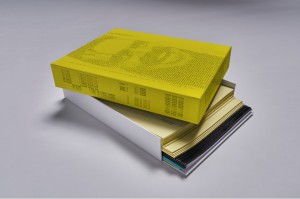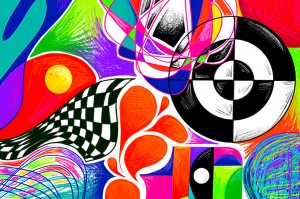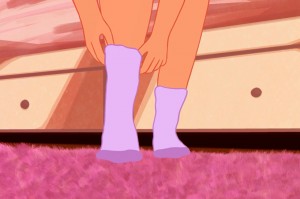“It simply doesn’t live up to this esoteric promise.” In Character – Reviewed
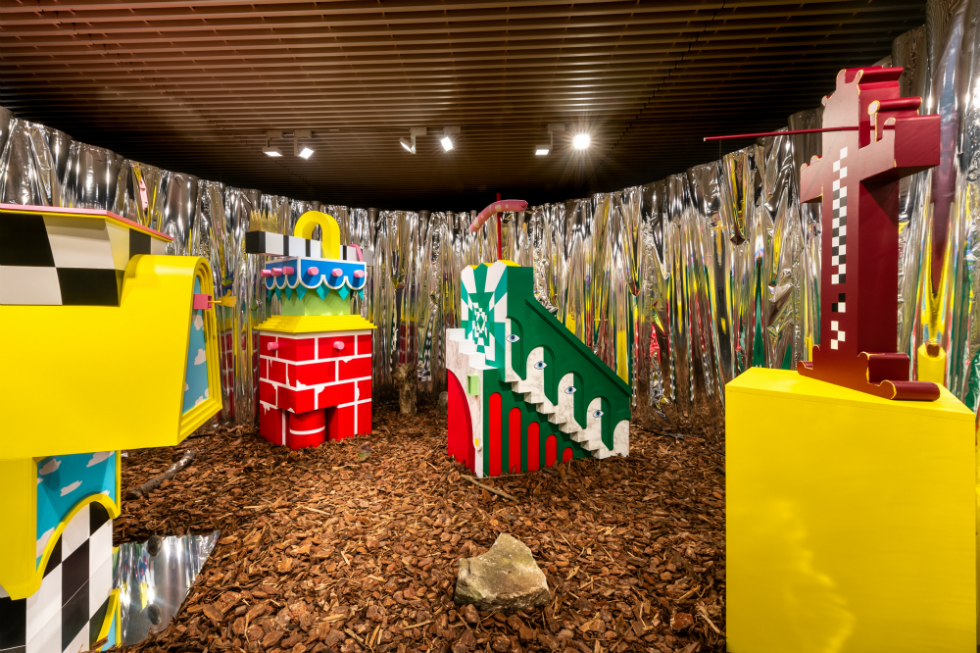
Ashley McGovern reviews In Character, an exhibition exploring architecture’s communicative powers…
How did Studio MUTT arrive at their name? The first part is standard, they are a RIBA Chartered Practice after all, though given their ostensibly hipster inclinations you would expect a story to be behind that last word. I tried searching for possible sources. It’s not an acronym of the three founders, and I assume they haven’t purloined one of the six colourful entries of ‘Mutt’ given by Urban Dictionary. Perhaps a slim footnote in the (ur)annals of art history will help.
‘R. Mutt’, remember, was the name Marcel Duchamp scrawled on his infamous Fountain, the upturned urinal that he declared a legitimate sculpture in 1917. Fountain and its pseudonym, based on popular cartoons and spiralling French puns, helped to launch all of the archly modern art movements of the 20th century – a story told many times over. If here lies the answer, then any trace of Dadaist humour or luminous Duchampian mind games is gallingly absent in Studio MUTT’s new exhibition, In Character, over at RIBA North.
The show is, at its core, a series of four trifling, confused architectural pieces called The Monk, The Magician, The Lawyer, The Architect. Three pillars of the establishment and their magical friend, they were inspired by an unusual text by the great neoclassical architect turned collector, Sir John Soane (the original commission was indeed for the Sir John Soane Museum). A true antiquarian, Soane not only amassed a quixotic loot of classical fragments, friezes and paintings, but thought so much of his rarefied collection that in 1812 he wrote a short manuscript imagining what future explorers would think if they were to come across his house. Written from the standpoint of various characters, including the four already mentioned, Studio MUTT have harvested Soane’s manuscript, titled Crude Hints Towards an History of My House in Lincoln Fields, for arresting gobbets; guided by their characterful quotations, the team imagined what the narrators might look like if they were buildings.
Fitting for a man whose home decor was deeply eclectic, the pieces are odd semi-fantastical shapes slotted on top of one another. Fantasias don’t lend themselves well to the estate agent prose of architectural criticism, but I’ll try to give an impression. The Magician, for example, takes on a distinctly de Chirico-esque shape with its garish green exterior loggia sitting on top of a small run of steps that lead to nowhere. Oh, and there’s a pole with a limp pink cushion skewered on top. You can occasionally spot familiar designs, like The Barrister and its standard brick tower base, though this leads up to a sandwich of green and blue rooftops, and something that pretends to be the scales of justice. Symbolism is blatant across all four. The Monk is a plum-coloured Celtic cross that strives to make its inner ‘character’ even clearer by also featuring a dangling cross necklace. There’s a small programme on offer which gives some Tarot-inspired descriptions for each personage. Under the The Magician we get this: “A spatial impossibility … imagery from Egypt and Asia infiltrates the Magician’s strange and conflicting world, with pagan and masonic influences simmering in the background”. It simply doesn’t live up to this esoteric promise.
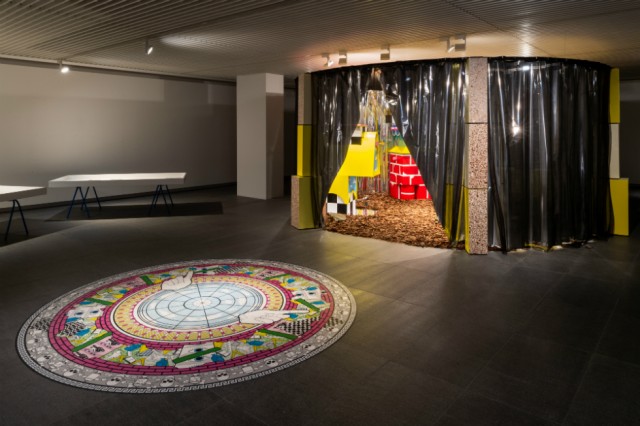
The insipid colours resemble post abstract expressionism at its most inept, and strangely, for what are effectively small sculptures, they all have the same obdurate flatness of those canvases. We’re not given the allure of ‘spatial impossibility’ because what should have been a stairway, say, with archways that recede are painted on, denying the viewer the chief pleasures of architecture – facade and recess, solidity and empty space. (Note here for the three MUTTs: the Soane Museum has a glorious model collection, where one of its showpieces is a reconstructed model of ancient Pompeii, made entirely of cork. The sense of grace and construction, the scrupulous antiquarian care given to compressing an entire molten Roman settlement down to table size is faultless. This should have sparked some better ideas).
The Monk, The Magician, The Lawyer, The Architect, outside of sounding like a piss poor Peter Greenaway film, are just whimsically pointless. They might have worked as a conceptual workbook on Revit, an experiment in ornament taken to a point of absurdity, but to execute these ‘characters’ offers nothing. As an installation it’s sadly not helped by RIBA North’s decision to house the work in a foil shed, on a floor of bark chippings. An appalling choice by the curator and a striking candidate for a “You Had One Job” meme.
All of this is not to say that the MUTTs have misunderstood the legacy of their chosen master. It’s obvious they see themselves as contemporary Soaneans. They have even used him as inspiration elsewhere. In another project, Frankentypes: The Last Public Architect, they made scale models of a row of Georgian terraces, like the original three properties that were merged to form Soane’s home-museum, but swept away the gilded decor in favour of a domestic jungle of grassy mounds, indoor trees and knocked-through floors. They wanted to explore the loss of the proud public sector architect, the tragic disappearance of architects who used to work happily for the people in the polymathic mould of Soane, formerly clerk of works for places like St James’ Palace, the Houses of Parliament, the Department of Woods and Forests, and Chelsea Hospital, among many others. This is on to something.
The problem is, as the briefest glance at Studio MUTT’s portfolio makes clear, they have a hipsterish fascination with the inconsequential. Small things given the excessive attention you would expect from a public commission. Work-wise, the MUTTs would be perfectly suited to crafting the insides of a Kinder Surprise – so to choose John Soane, an avowedly large-scale public architect, is eccentric. What we have here is two spatial imaginations entirely out of sync: one had an ingenious ease with institutional design (cf. the elegance of his Bank of England plans), and the other is happy working away at indie objets d’art. You can never be too careful when selecting a master, as this disheartening exhibition goes to show.
Ashley McGovern
In Character is on display at RIBA North until 15 June
All images courtesy FRENCH + TYE



